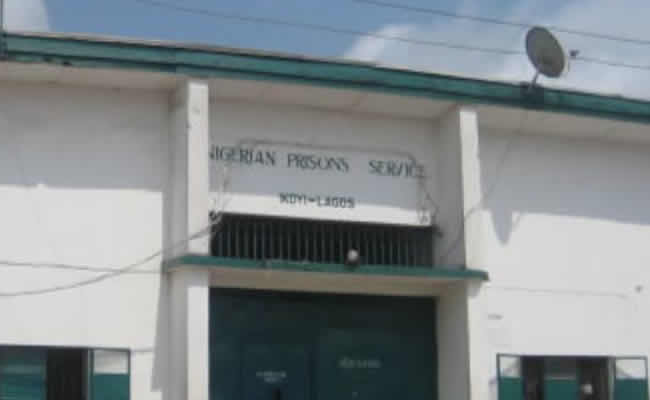
The Nigerian Correctional Service has disclosed additional names and images of inmates who escaped from the Medium Security Custodial Centre in Suleja, Niger State following the destruction of the prison walls due to rainfall on April 24, leading to the escape of 118 inmates. The majority of prisons were built many years ago, urging the Federal Government to swiftly initiate the reconstruction of these facilities.
On June 6, spokesperson for the NCoS, Abubakar Umar, mentioned that 23 of the escaped inmates had been recaptured. Subsequently, on June 15, the NCoS published the names of 18 inmates on its website. Recently, Umar released 13 new names and photos of the escapees, bringing the total number of identified individuals to 31, including the 18 inmates from the June 15 publication. This marks a small step of progress.
The task of recapturing escapees is challenging, especially in Nigeria where technology deployment is limited, giving the escapees an edge over the system.
Many of the correctional centers in Nigeria are aged and susceptible to attacks by armed individuals who liberate criminals and bandits.
Therefore, jailbreak incidents have recently occurred in various locations including Owerri, Imo State, Kuje in the FCT, Kabba and Koton Karfe in Kogi, Abolongo in Oyo, Jos in Plateau, Mandala in Kwara, Ijebu-Ode, Ogun State, and Agbor in Delta State.
Reports indicated that 837 inmates escaped from the Abolongo center in October 2021. In April of the same year, the Owerri center witnessed the escape of 1,844 inmates, marking the largest jailbreak in Nigeria’s history. In October 2020, 1,993 inmates fled from the Benin and Oko centers in Edo State.
In July 2022, 64 hardened Boko Haram terrorists were among the escapees from the Medium Security Custodial Centre following a deadly assault by Islamic terrorists in Kuje.
Recently, Isa Muhammed, one of the escapees in Kuje, and his brother Nasiru Mohammed, known as ‘Danger,’ were apprehended for the murder of a retired Army general in Abuja, highlighting the consequences of the laxity in prison operations.
Most of the recent escapees from jailbreaks are high-profile criminals and dangerous Boko Haram terrorists.
From aged and deteriorating infrastructure to insufficient staff and unhygienic, overcrowded cells unsuitable for humans, Nigeria’s prison system is plagued by numerous fundamental issues. Most correctional facilities were built during colonial times, with narrow cells and fragile walls that easily succumb to attacks due to their age, exploited by the notorious criminals. Resolving these challenges will take time.
Overcrowding is a prominent obstacle to a functional correctional system in Nigeria, making the prisons harsh environments that deviate from their intended correctional purpose.
The backlog of inmates awaiting trial is largely due to the slow and flawed justice system. The police share blame for arbitrary arrests and poor record-keeping, while the judiciary’s slow pace in handling cases exacerbates the issue. State governors’ reluctance to sign death warrants leads some condemned inmates to spend decades in prison.
Hence, the government must prioritize enhancing prison security and ensuring swift dispensation of justice.
Nigeria should consider adopting European reforms, such as public-private partnerships implemented in some countries. In 14 out of Germany’s 16 states, prisoners are required to work during the day and return to the facilities at night. To alleviate overcrowding, certain offenses could be punished with community service instead.
The National Assembly should amend the 1999 Constitution to transfer prison management from the Exclusive Legislative List to the Concurrent List. This shift would empower states to build prisons and reduce overcrowding.
